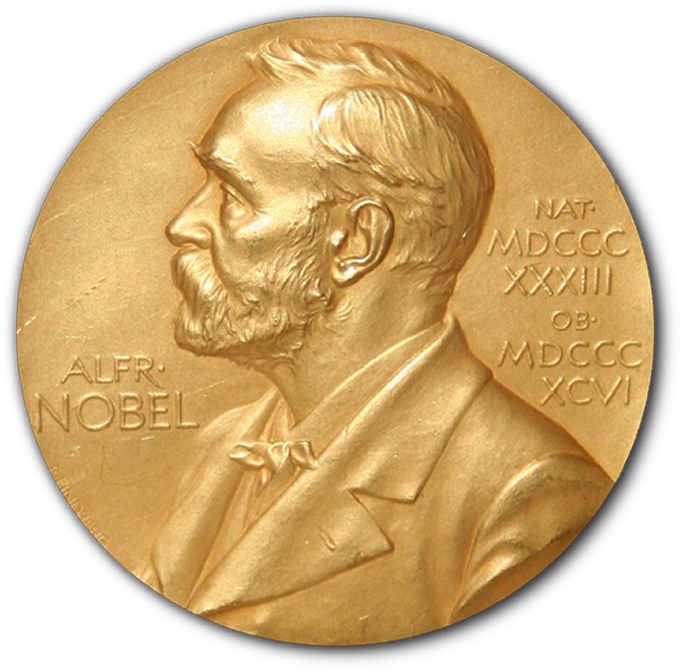Resources
The science
Respiratory health
Our cells are constantly monitoring oxygen levels. When oxygen is low—a condition called hypoxia—the body activates a powerful response system led by proteins known as Hypoxia-Inducible Factors (HIFs).

Recognized by the Nobel Prize

In 2019, the Nobel Prize in Physiology or Medicine was awarded to scientists William Kaelin Jr., Sir Peter Ratcliffe, and Gregg Semenza for their groundbreaking discovery of how cells sense and adapt to oxygen availability via HIFs. This research revealed the core mechanism that allows our body to respond to low oxygen—and opened new doors in medicine.
What is HIF?
HIF-1 (Hypoxia-Inducible Factor 1) is a protein that acts like a switch, turning on specific genes that help the body adapt to low oxygen. Under normal oxygen conditions, HIF-1 is quickly broken down and remains inactive. But when oxygen levels drop, HIF-1 becomes stable and active.
What does HIF-1 do?
Once activated, HIF-1 helps the body adjust by:
- Stimulating new blood vessel growth → Improves oxygen delivery to tissues
- Shifting energy production → Moves cells from oxygen-dependent energy (oxidative) to a more efficient low-oxygen process (glycolysis)
- Supporting redox balance and cell survival → Protects cells during stress or reduced blood flow
Why HIF is important?
This adaptive mechanism is vital in many situations—during exercise, at high altitudes, or when recovering from illness. It also plays a role in conditions like heart disease, stroke, and aging. Controlled stimulation of HIF pathways can enhance recovery, improve vascular health, and boost resilience.
IHHT®: Smart Breathing
Therapy to improve Health
What is IHHT®?
Intermittent Hypoxia-Hyperoxia Therapy (IHHT®) is a medically supervised breathing method that alternates between low oxygen (hypoxia) and high oxygen (hyperoxia) phases. It is the complete name of the method used by ReOxy® device. This controlled exposure teaches your body to adapt and increase its resilience to this specific environment — improving how your cells use oxygen, boosting energy, and supporting recovery.
Why Oxygen Variation Matters ?
Our body is designed to respond to changes in oxygen. When oxygen levels drop briefly (hypoxia), it triggers powerful biological responses. When followed by a boost in oxygen (hyperoxia), specific biological mechanisms are triggered. This cycle of stress and recovery strengthens the body.
What Happens in the Body During IHHT®?
Short-Term Benefits (After Just a Few Sessions)
| System | What happens | Why it helps |
|---|---|---|
| Lungs | Faster, deeper breathing & better ventilation | More oxygen reaches your tissues |
| Heart | Higher pulse & stronger circulation | Supports organs like brain and muscles |
| Blood Vessels | Better blood flow to brain & heart | Improved focus, stamina, and heart function |
| Blood | More red blood cells released | Delivers oxygen more efficiently |
Long-Term Adaptations (With Regular Therapy)
| System | Long-Term Changes | Health Gains |
|---|---|---|
| Lungs | More alveoli & capillaries | Better oxygen absorption |
| Heart | More heart capillaries & mitochondria | Stronger, more efficient heart |
| Blood Vessels | Greater tissue perfusion | More oxygen to muscles and brain |
| Blood | Stimulated red blood cell production | Higher oxygen-carrying capacity |
IHHT® is part of a new wave of personalized, natural and data-driven medicine.
With ReOxy® this method is now accessible — easy to use, safe, and guided by smart technology.
ReOxy® is the only device of it’s kind
with clinically proven benefits.
Reach out to us or discover more.